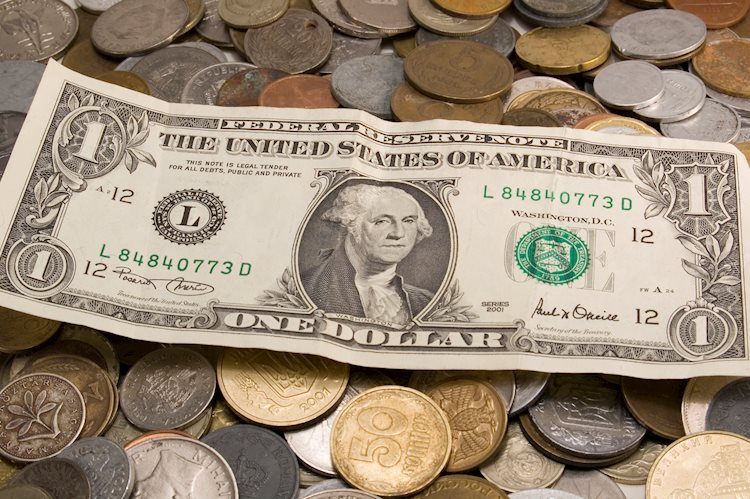The US Dollar has managed to recover its losses after the US Consumer Price Index (CPI) for July met expectations. The lack of surprises in the data disappointed traders who had sold the US Dollar following softer-than-expected US Producer Price Index (PPI) figures the day before. The reaction to the CPI data seems contained for now, but more movement is expected during the US session. With economic data out of the way for the day, all eyes are now on the US Retail Sales numbers and weekly jobless claims data coming out on Thursday, which could bring more volatility to the markets.
In the global market, the US Dollar is weakening against the Euro, reaching levels not seen since January 2024 ahead of the US CPI release. Japan is also facing political uncertainty as Fumio Kishida has announced that he will not run for a second term as Prime Minister. Additionally, the Reserve Bank of New Zealand (RBNZ) surprised the market with a 25 basis point interest rate cut, signaling the start of a cutting cycle. The US financial sector is showing some positive signs, with the Mortgage Bankers Association reporting a significant increase in Mortgage Applications Index.
Equity markets are struggling to interpret the CPI data as either bearish or bullish, leading to sideways trading. The CME Fedwatch Tool indicates a 47.5% chance of a 25 basis points interest rate cut by the Fed in September, with a higher chance of a 50 bps cut. The US 10-year benchmark rate is trading at 3.86% and has recovered from earlier losses. The US Dollar Index (DXY) is showing mixed signals, with technical analysis suggesting possible downward movement towards key support levels.
The Federal Reserve (Fed) plays a crucial role in shaping monetary policy in the US. The Fed’s primary mandates are to achieve price stability and foster full employment, which they do by adjusting interest rates. Inflation levels and the Unemployment Rate influence the Fed’s decisions on interest rates. The Fed holds eight policy meetings a year where monetary policy decisions are made by the Federal Open Market Committee (FOMC). In situations where more drastic action is needed, the Fed may resort to measures such as Quantitative Easing (QE) or Quantitative Tightening (QT) to stimulate or tighten credit flow in the financial system.
In conclusion, the US Dollar is facing volatility following the release of CPI data, with traders closely watching upcoming economic indicators and Fed policy decisions for further direction. The global market is also experiencing uncertainty, with political and economic developments impacting currency movements. Technical analysis suggests potential downside for the US Dollar Index, while the Fed’s monetary policy decisions will continue to play a crucial role in shaping the direction of the US Dollar in the coming months.











